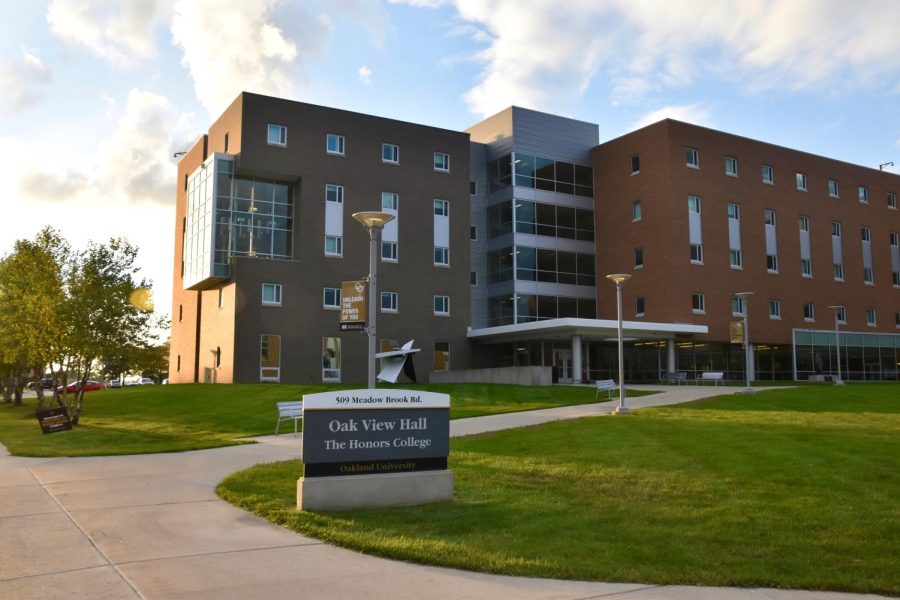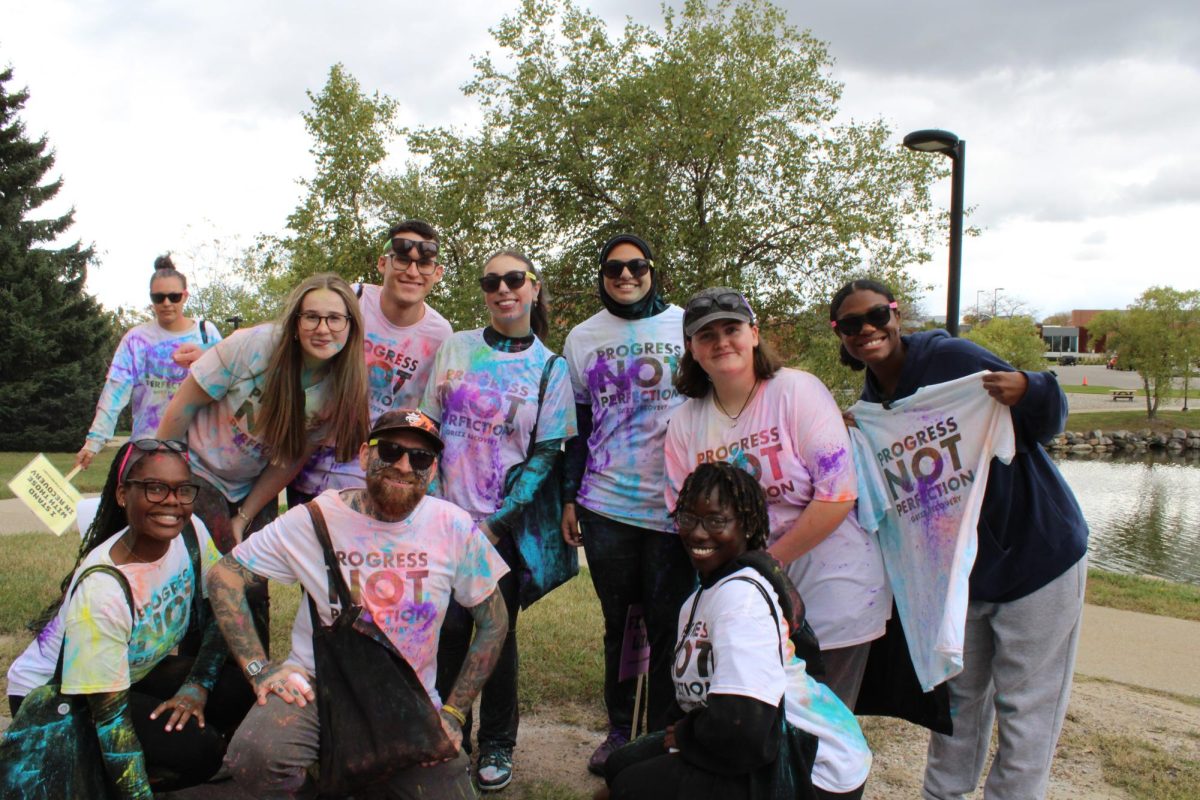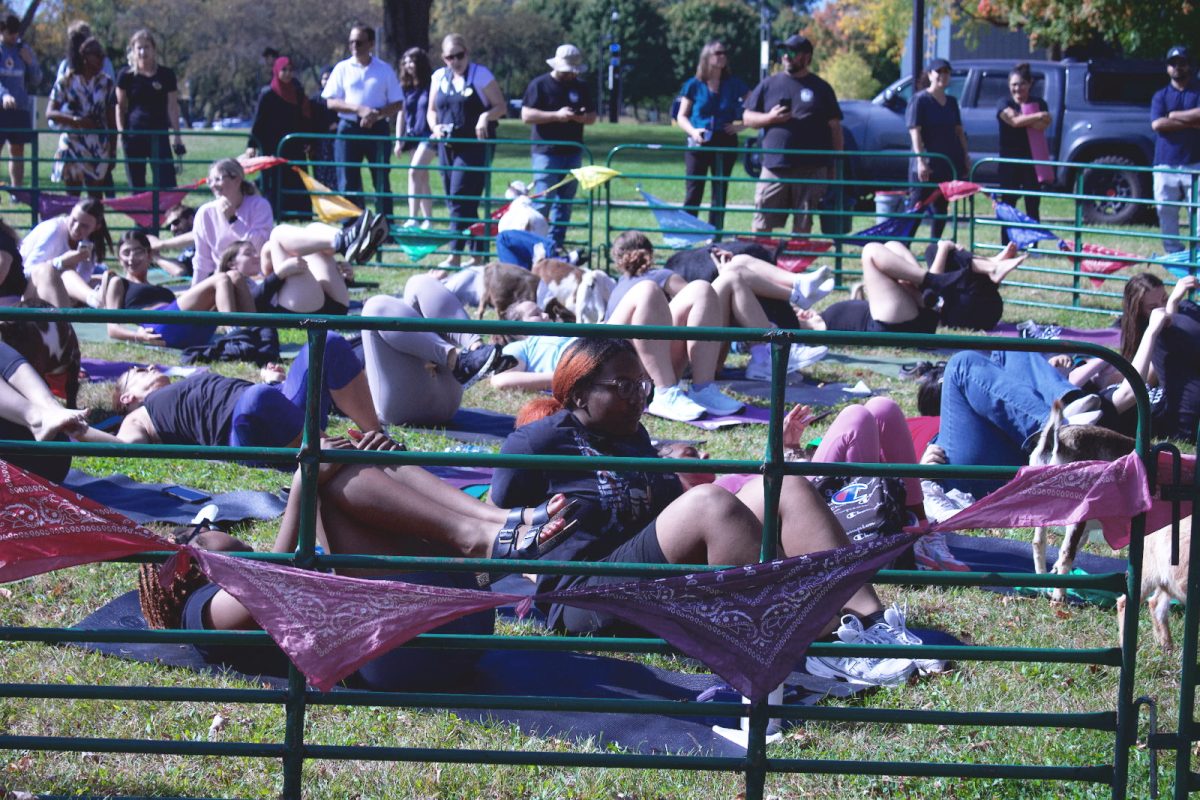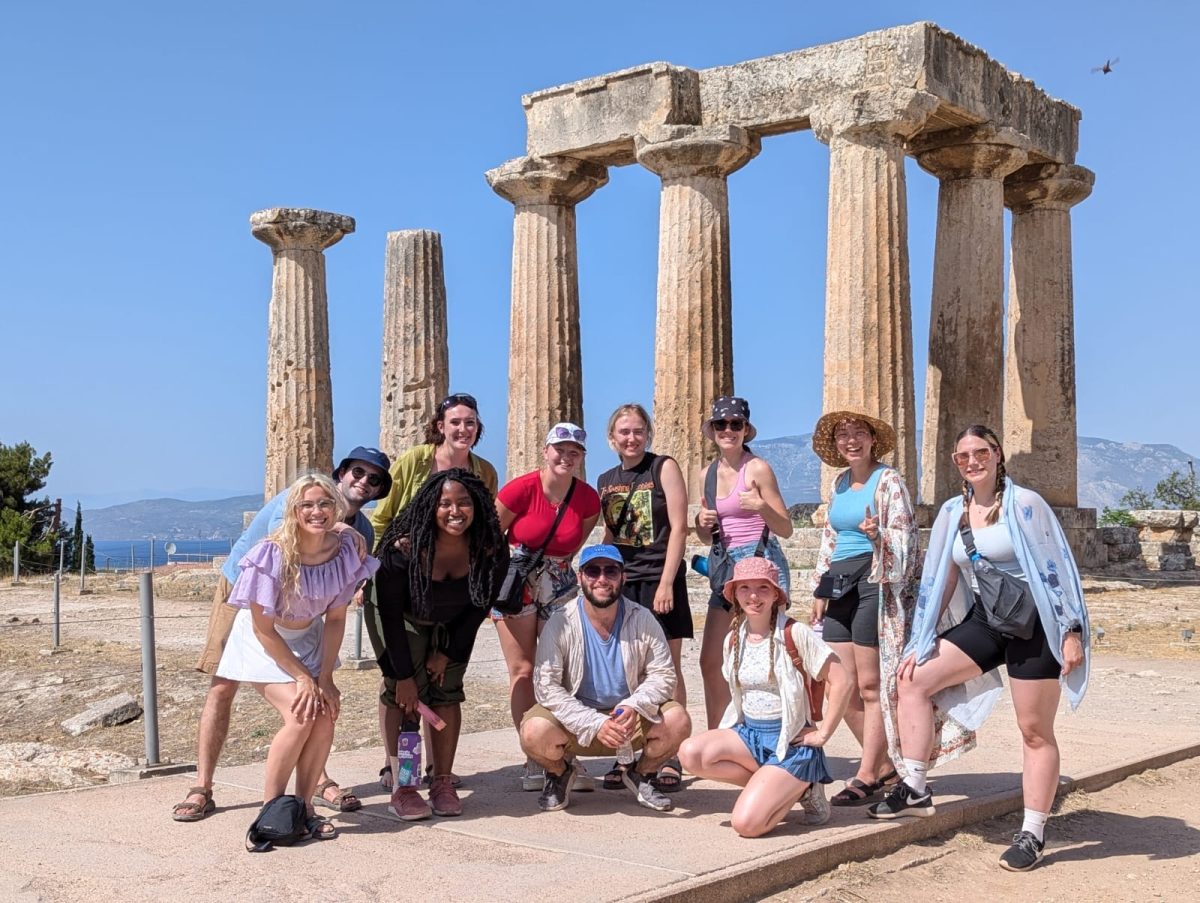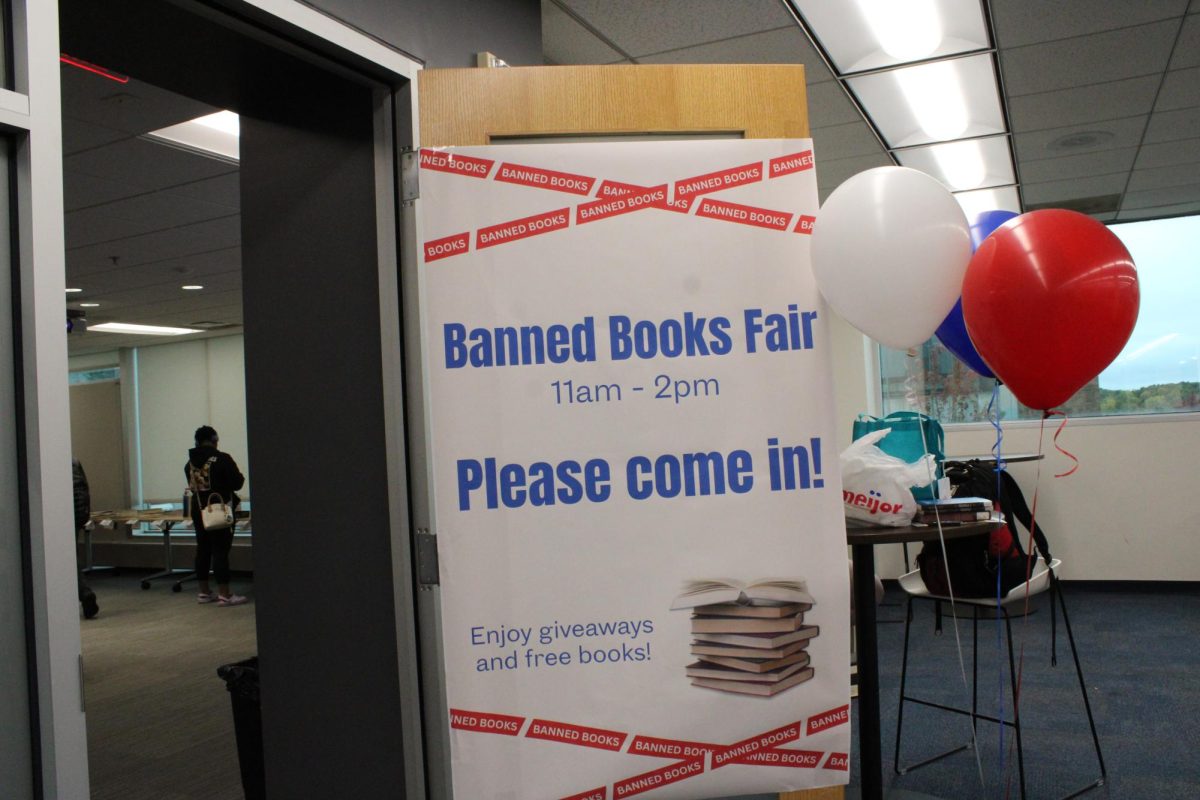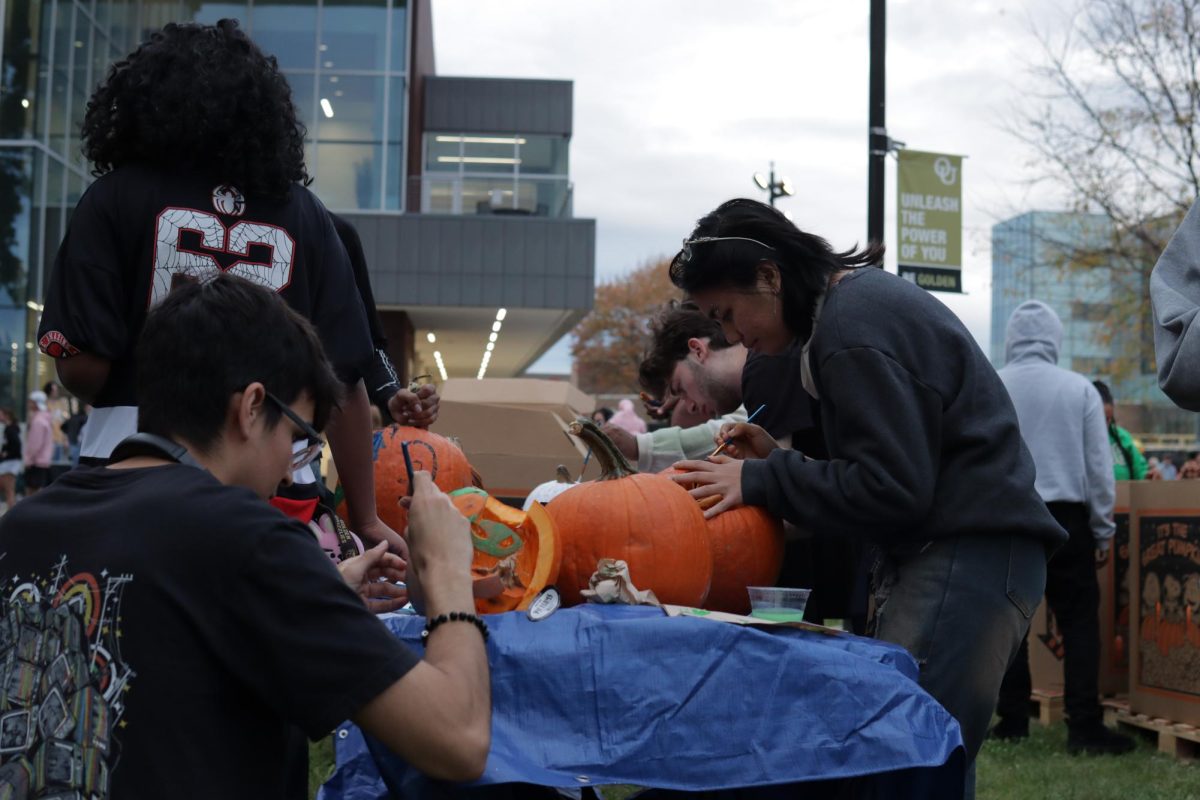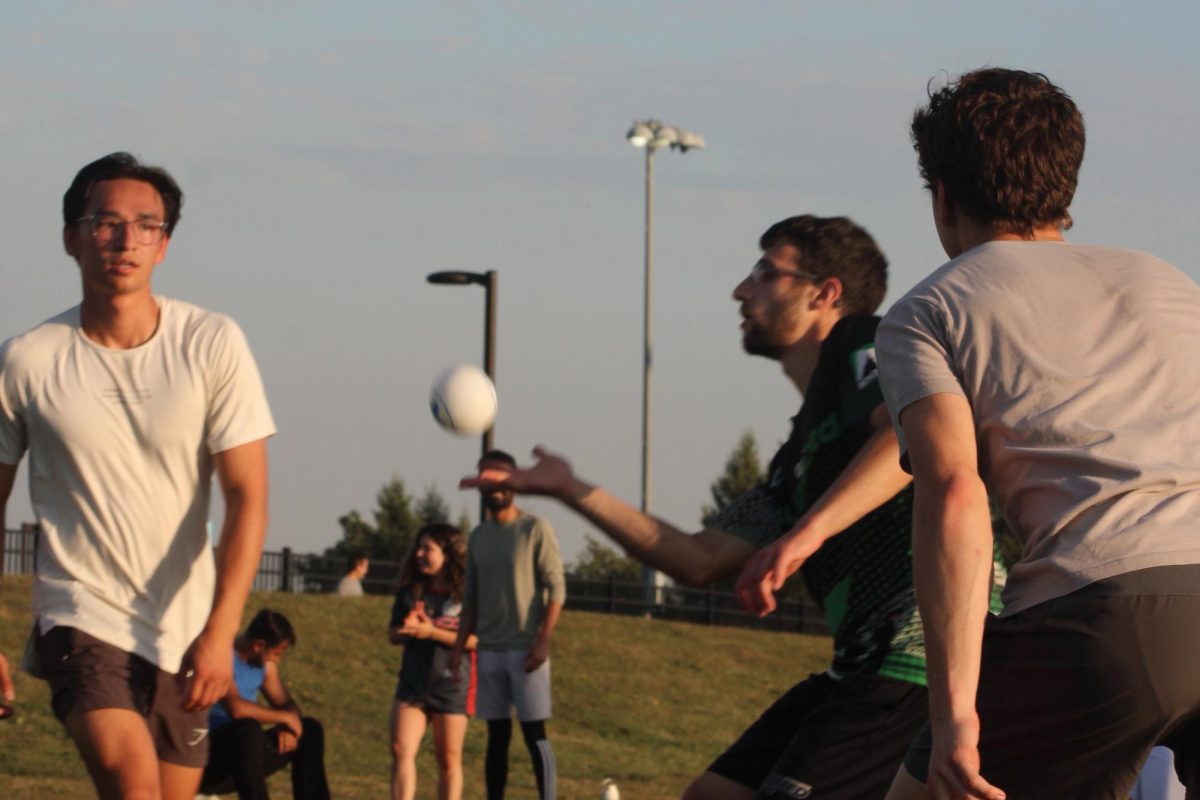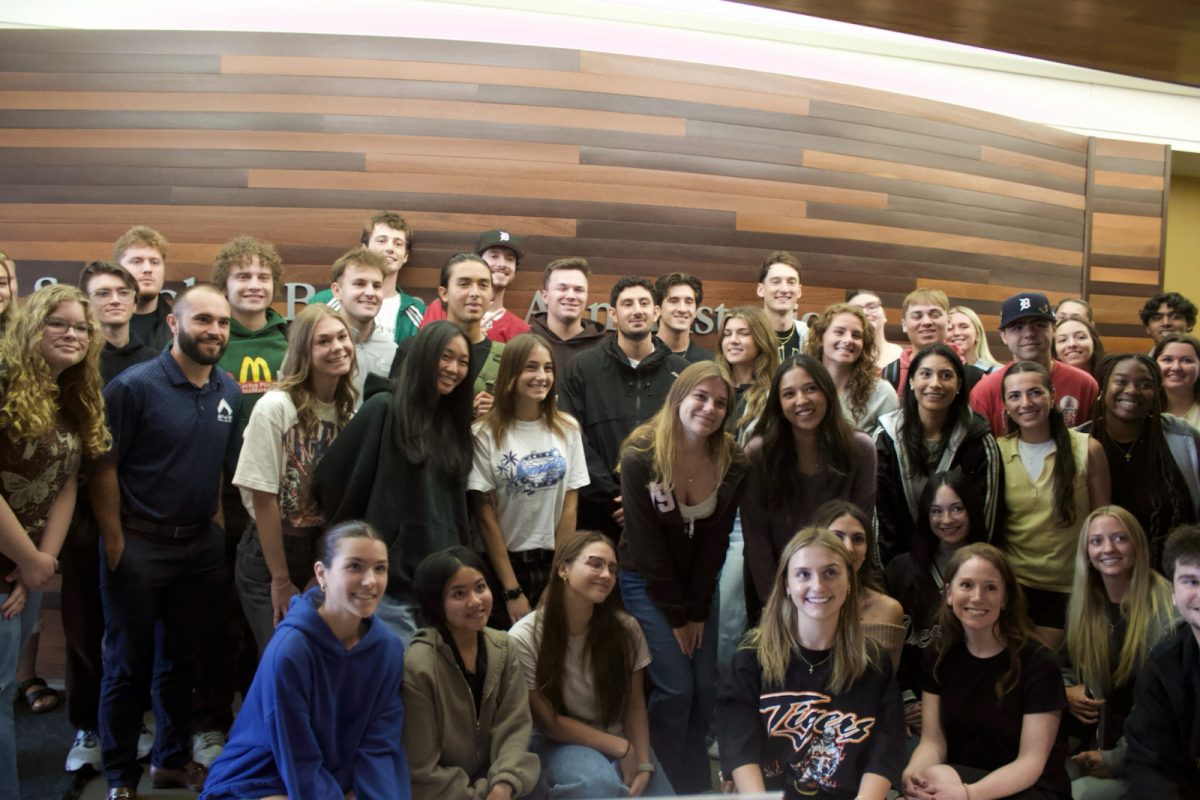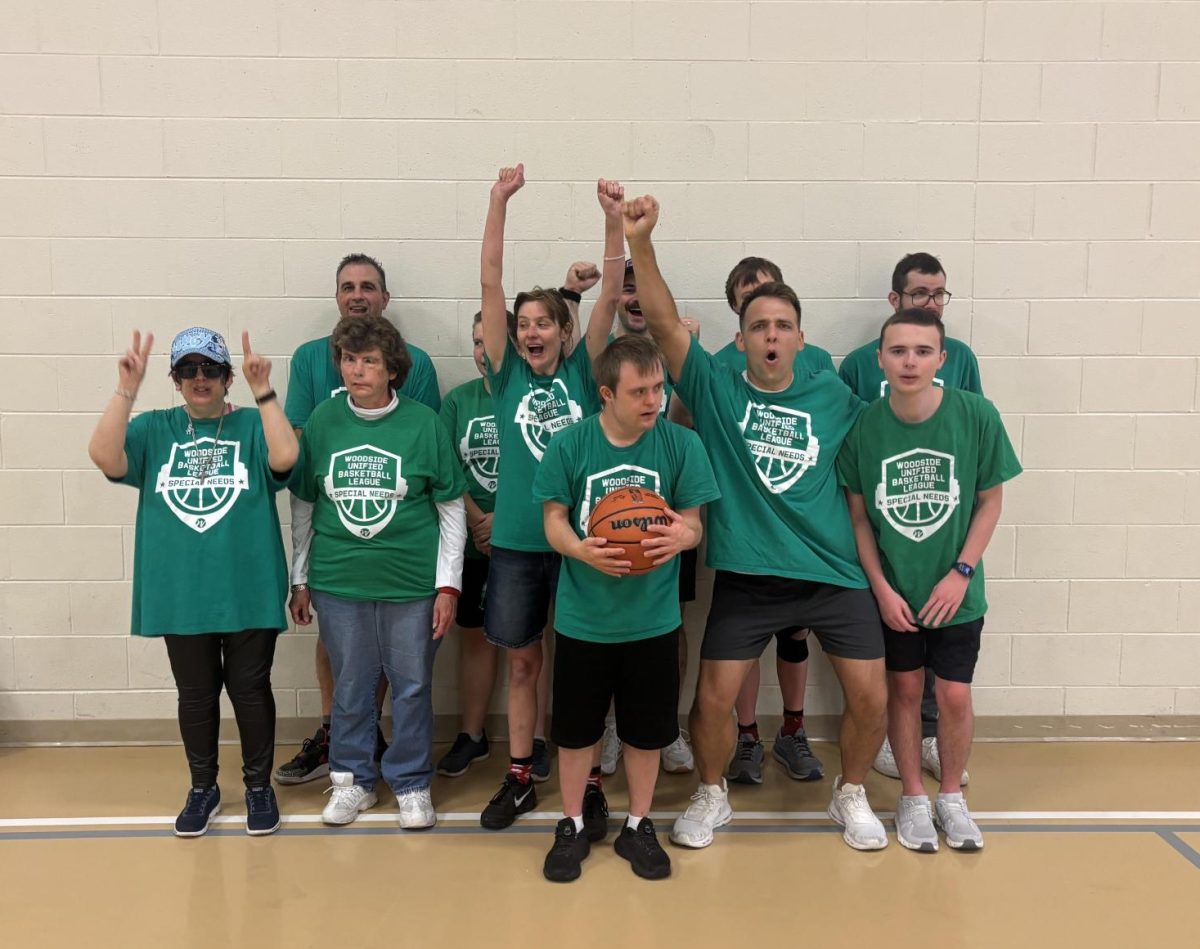On Tuesday, Sept. 16, Oakland University students and community members gathered at Elliott Tower for a vigil honoring conservative political activist Charlie Kirk. Many attendees were surprised by the level of police presence surrounding the event.
Onlookers reported seeing armed officers on rooftops and uniformed police stationed at nearly every corner of the campus. While police at public events are not unusual, the level of visible security prompted questions about whether the extensive measures were justified.
OU Police Chief Mark Gordon confirmed that sharpshooters were stationed above the crowd. “We had specially trained, armed law enforcement personnel assigned to rooftops to overwatch the crowd for the safety of all attendees,” Gordon said. These officers were members of OakTAC, the Oakland County Tactical Response Consortium, a law enforcement team that deploys during large-scale events requiring a mutual aid response.
According to Gordon, OUPD learned of the vigil on Friday, Sept. 12, two days after the Kirk shooting, and began planning immediately. As the event details circulated on social media, expected attendance grew beyond OU’s campus community.
“We assembled a law enforcement team that we thought we would need to help ensure the safety of all attendees,” Gordon said. “Based on availability, that ended up being support provided from a total of 21 agencies and 102 law enforcement officers.”
During the event, most evening classes were canceled, and buildings such as O’Dowd Hall and Kresge Library were closed once large crowds began to arrive. Gordon said that these steps were intended to prevent congestion and maintain order.
“This was a special event that required additional law enforcement support because we had just witnessed a murder on a college campus the week prior,” Gordon said. “We also know that political tensions are high right now around the country.”
An anonymous OU student, a 2024 Oxford High School graduate, said they appreciated the extra precautions. “Personally, I appreciate the idea of having protection at large events like that,” the student said. “Big events like that, especially one for that reason, are known to have issues sometimes.”
The student cited a vigil held in downtown Oxford just days after the Oxford High School shooting, which sparked widespread panic when attendees mistakenly thought there was an active shooter at the vigil. “While nothing did happen, it would’ve been nice to see more police at that time,” the student said. “I will never be against law enforcement taking precautions to protect people.”
Working in tandem, additional support came from other law enforcement agencies. “In collaboration with other agencies, and after many discussions with campus leadership, we did everything in our power to make sure the event was safe and secure for those attending the vigil and for any protesters who wanted to attend and exercise their right of free speech in a nonviolent way,” Gordon said.
The vigil concluded peacefully, but the scale of the security operation remains a subject of debate on campus. For some, the show of force raised questions about comfort, surveillance and justification. For others, it was a necessary precaution during a time of heightened political unrest.



